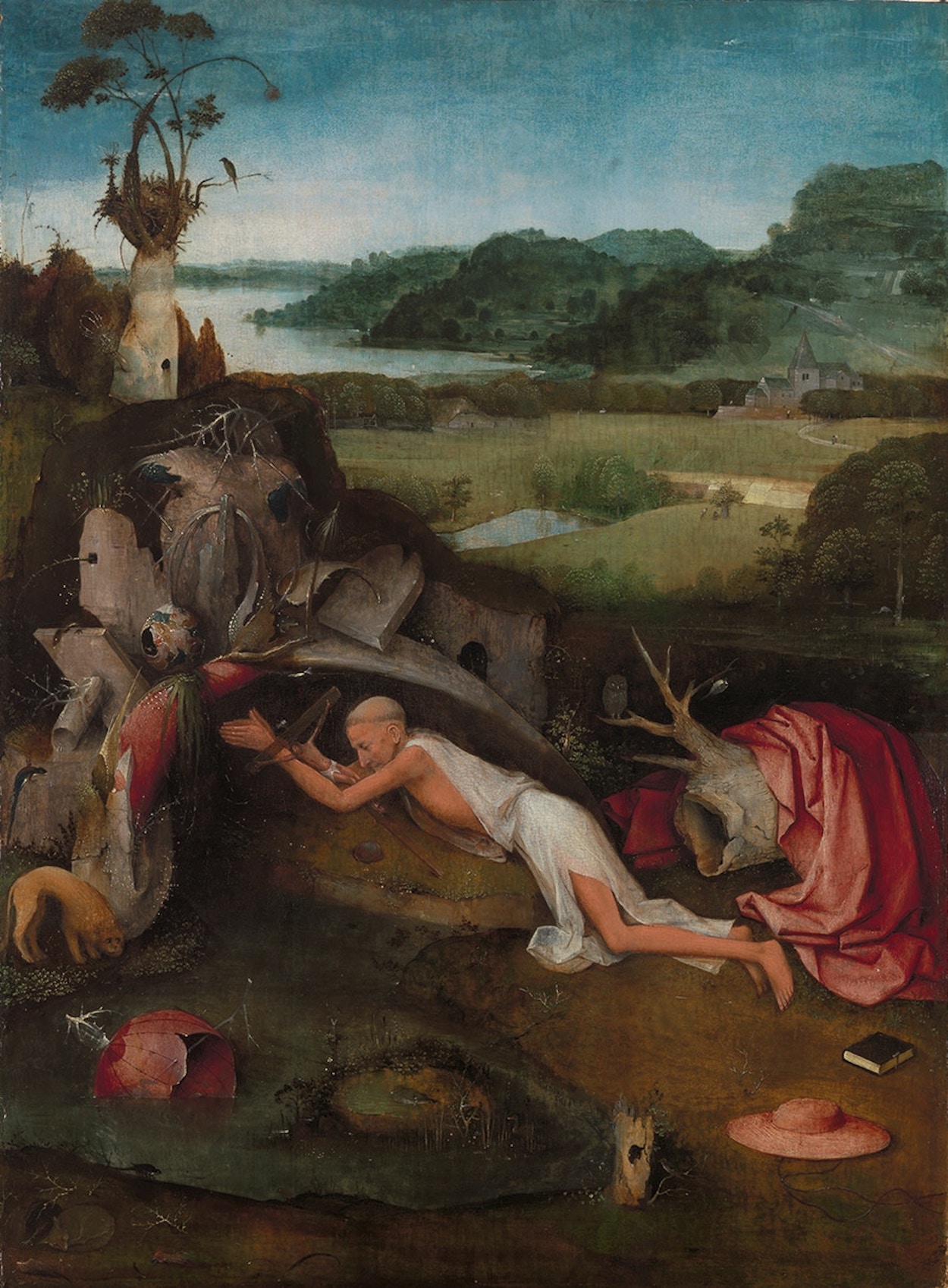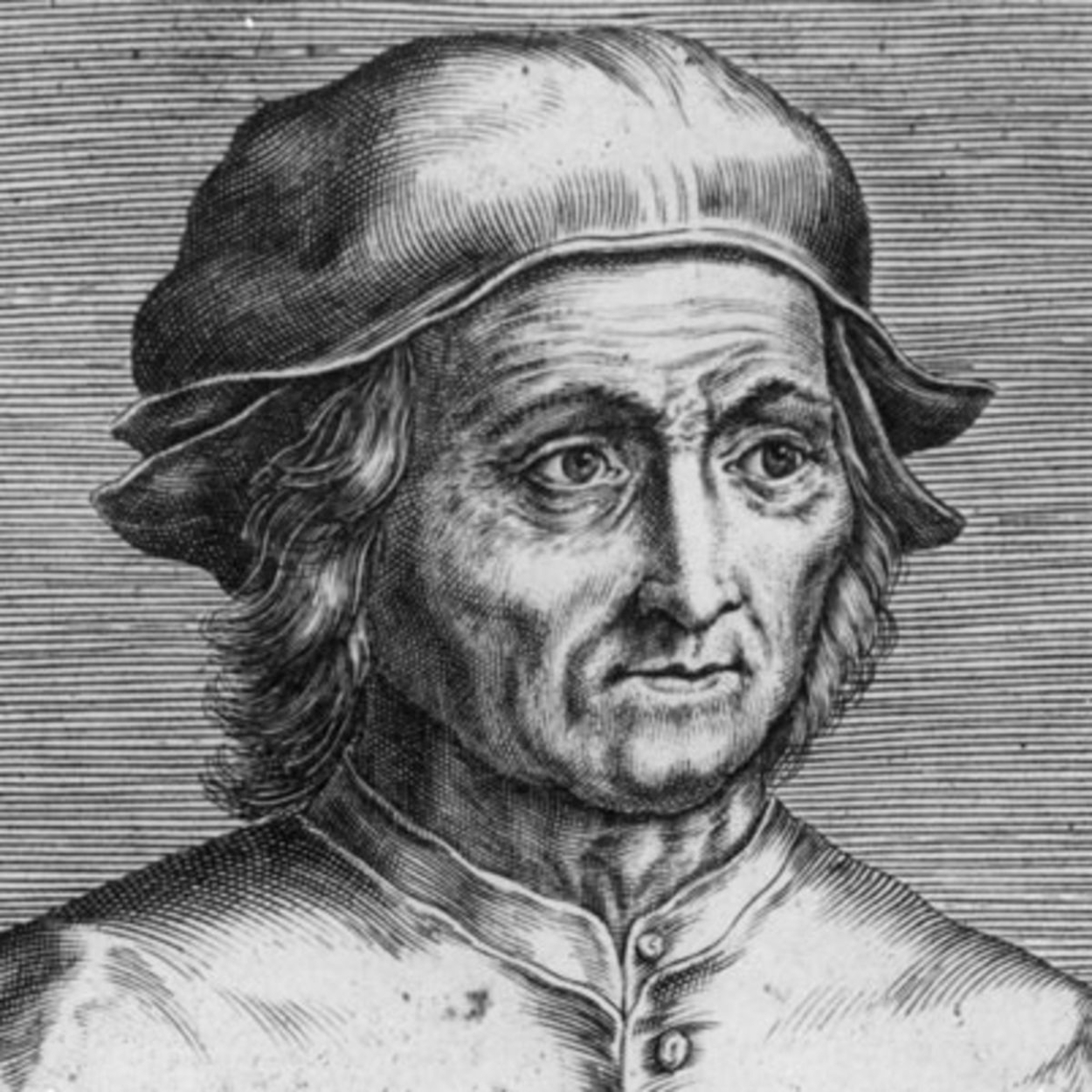As Hieronymus Bosch’s namesake, St Jerome occupies a significant place in his work. He represented him on several occasions. The artist considered the saint a role model, both as a scholar and because of his relentless moralism and his personal dedication. St Jerome lived in the 4th century and was one of the four great Latin fathers of the Church. At 38, he retired from public life in Rome to lead an ascetic life in Palestine. In the painting, the half-clothed saint is absorbed in prayer, prostrate among exotic plants, tree trunks, and rocks. Here his attribute, the lion, is represented as a small domestic animal. According to legend, Jerome extracted a thorn from an injured lion’s paw, which earned him the creature’s gratitude and friendship. Many other animals populate the strange world in which the saint has withdrawn.
The painting was thoroughly restored and analyzed using various scientific techniques in 2015 and 2016. The painting technique, the style, the material used for the underpainting, and the traces of the creative process in every step of the execution, have allowed the scientists to date this painting as a central work in Bosch’s output. He painted the work single-handedly, without any help from his assistants. The original frame was lost; the panel has been cut slightly to size at the top and bottom. Dendrochronological analysis indicated that the painting was finished after 1485 and before 1495.


 Hieronymus Bosch
Hieronymus Bosch